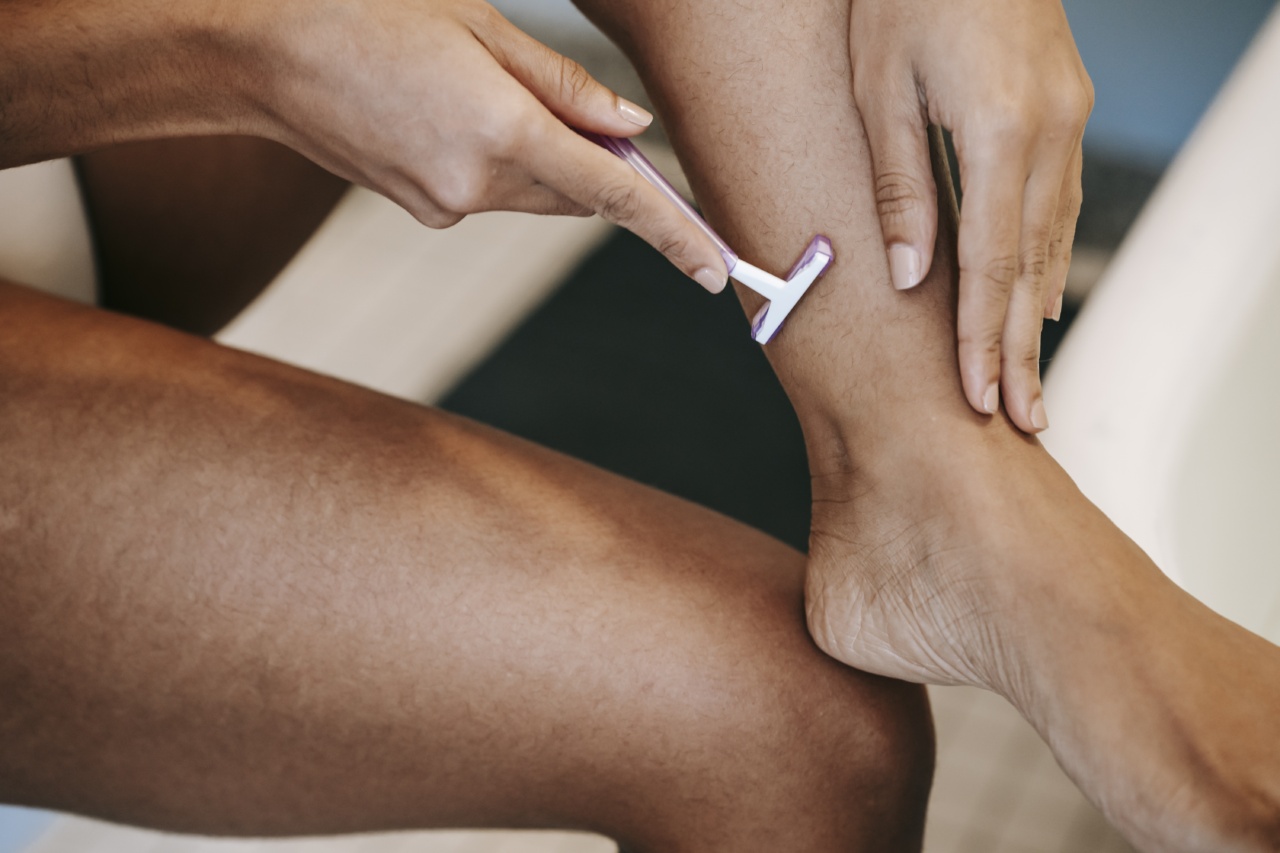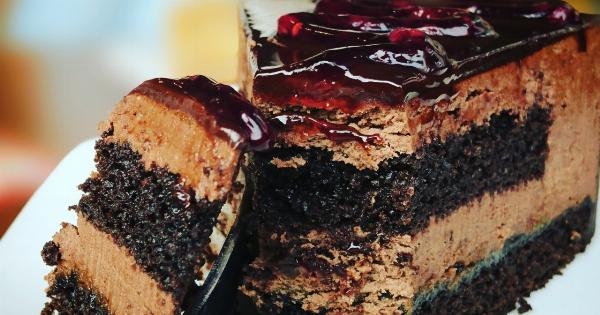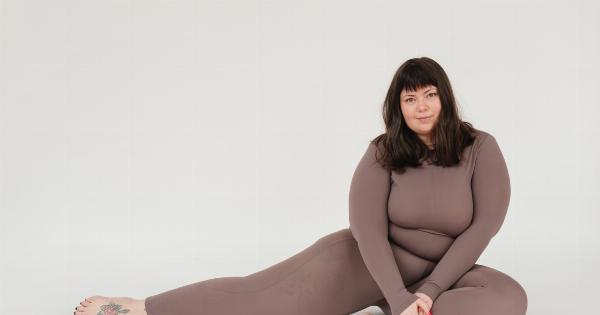Stretch marks are a common concern for many individuals, especially after pregnancy or significant weight changes. These pesky marks appear when the skin stretches or shrinks rapidly, causing the collagen and elastin fibers to break down.
While they don’t pose any health risks, they can be unsightly and affect one’s self-confidence. If you’re looking to reduce the appearance of stretch marks, here are five proven methods that can help you say goodbye to these unwanted marks.
1. Topical Creams and Lotions
One of the most popular approaches to tackle stretch marks is by using topical creams and lotions specifically formulated for their removal.
These products typically contain ingredients like retinoids, which promote collagen production and improve skin elasticity. Applying these creams regularly to the affected areas can help fade stretch marks over time.
2. Microdermabrasion
Microdermabrasion is a non-invasive cosmetic procedure that exfoliates the top layer of the skin, revealing softer and more even-toned skin underneath.
This treatment can be effective in reducing the appearance of stretch marks by removing the outer layer, stimulating collagen production, and promoting skin cell turnover. Several sessions may be required to achieve noticeable results.
3. Laser Therapy
Laser therapy is a popular method for stretch mark removal as it effectively targets the affected areas without damaging the surrounding skin.
This procedure uses fractional laser technology to stimulate collagen production and promote the growth of new, healthier skin cells. Though multiple sessions may be necessary, laser therapy can significantly reduce the visibility of stretch marks.
4. Chemical Peels
Chemical peels involve applying a chemical solution to the skin, which causes the outer layers to slough off, revealing fresh, rejuvenated skin. By removing the damaged outer layers, chemical peels can help reduce the appearance of stretch marks.
Depending on the severity of the stretch marks, multiple peels may be required to achieve desired results.
5. Microneedling
Microneedling is a procedure that involves using a device with tiny, fine needles to create micro-injuries in the skin. These controlled injuries trigger the body’s natural healing process and stimulate collagen production.
By improving collagen levels, microneedling can diminish the appearance of stretch marks and promote smoother, more even-toned skin.
While these methods can help reduce the visibility of stretch marks, it’s important to manage your expectations.
Complete removal of stretch marks is unlikely, but these treatments can certainly minimize their appearance and improve the overall texture and tone of the skin.
If you’re considering any of these treatments, consult with a qualified dermatologist or skin specialist to determine which method is best suited for your specific case.
They can assess the severity of your stretch marks and recommend a personalized treatment plan that aligns with your goals and skin type.
In Conclusion
Stretch marks can be a source of self-consciousness for many individuals, but there are effective methods available that can help reduce their appearance.
Whether you opt for topical creams, cosmetic procedures, or a combination of treatments, knowing your options empowers you to make informed decisions about your skin health.
If stretch marks are causing significant distress or affecting your mental well-being, it’s essential to seek support from healthcare professionals who can provide guidance and support.
Remember, you are not alone in dealing with stretch marks, and there are resources available to help you navigate this cosmetic concern.




























